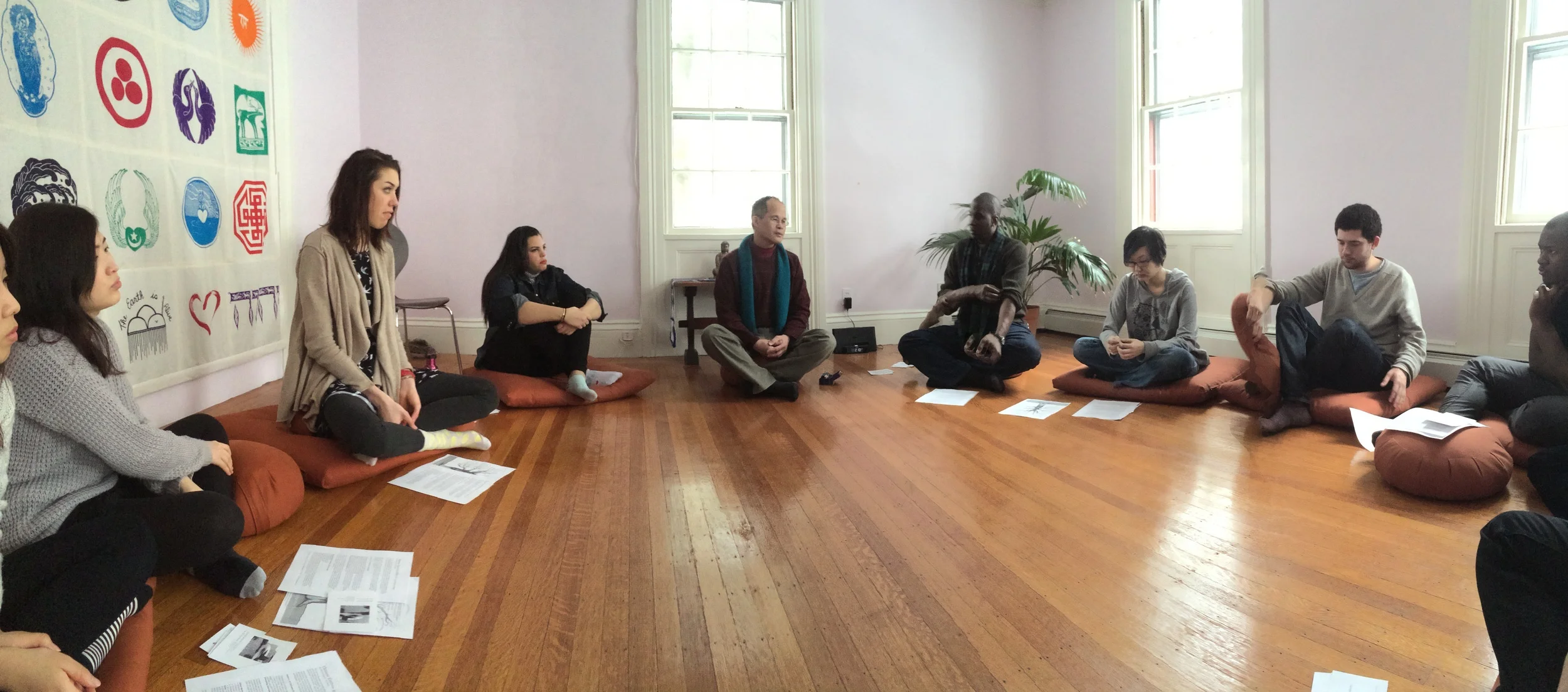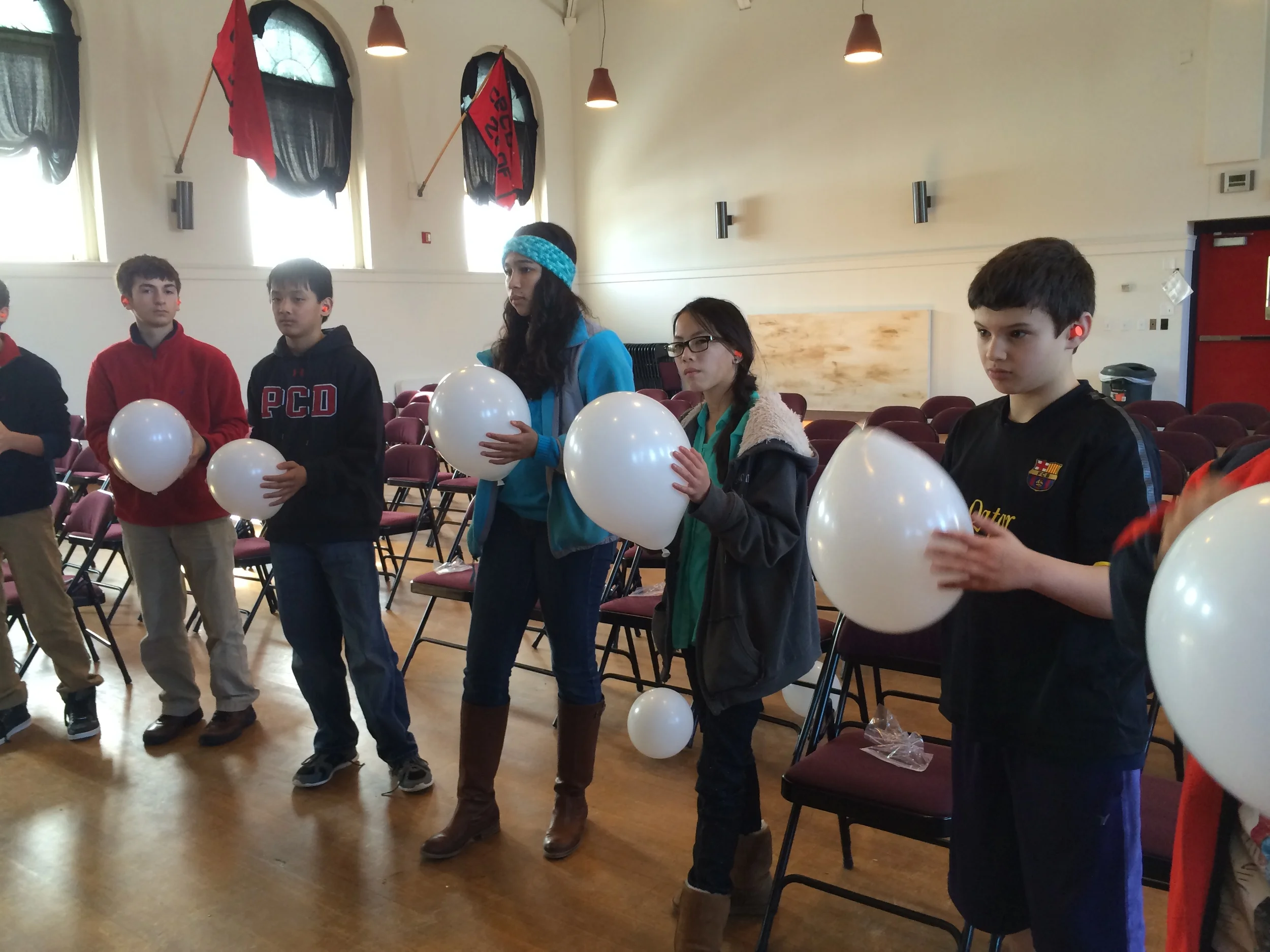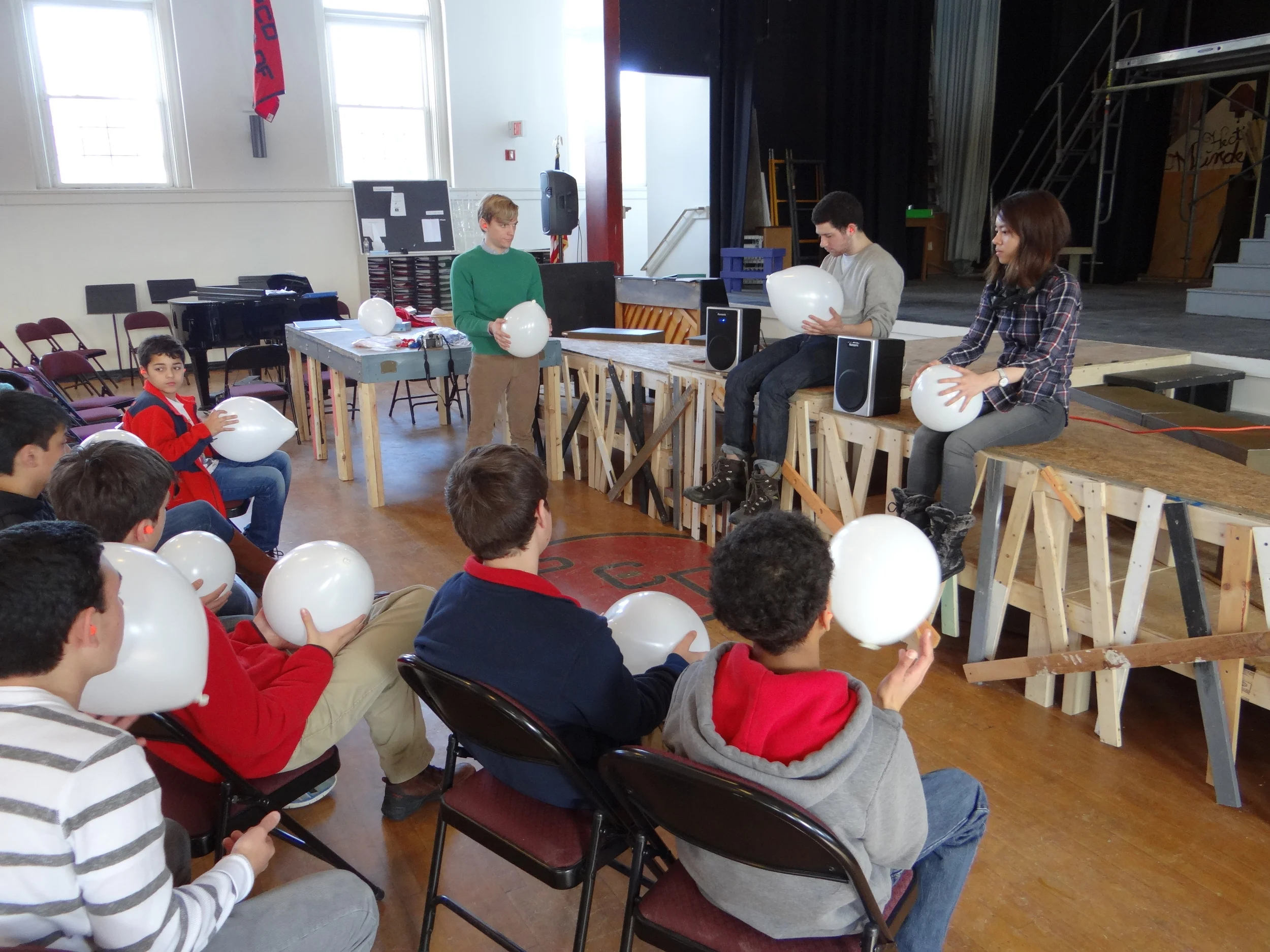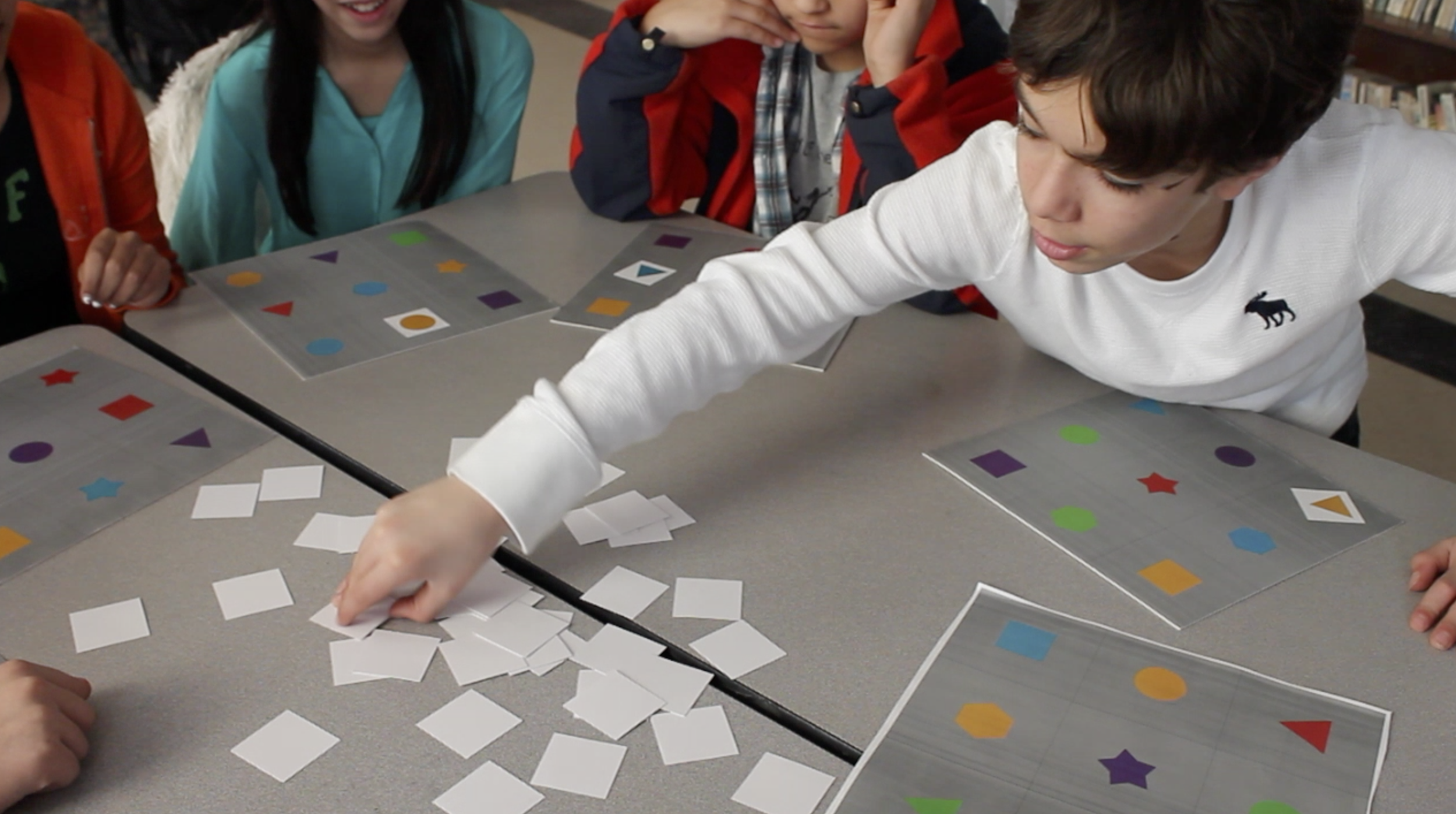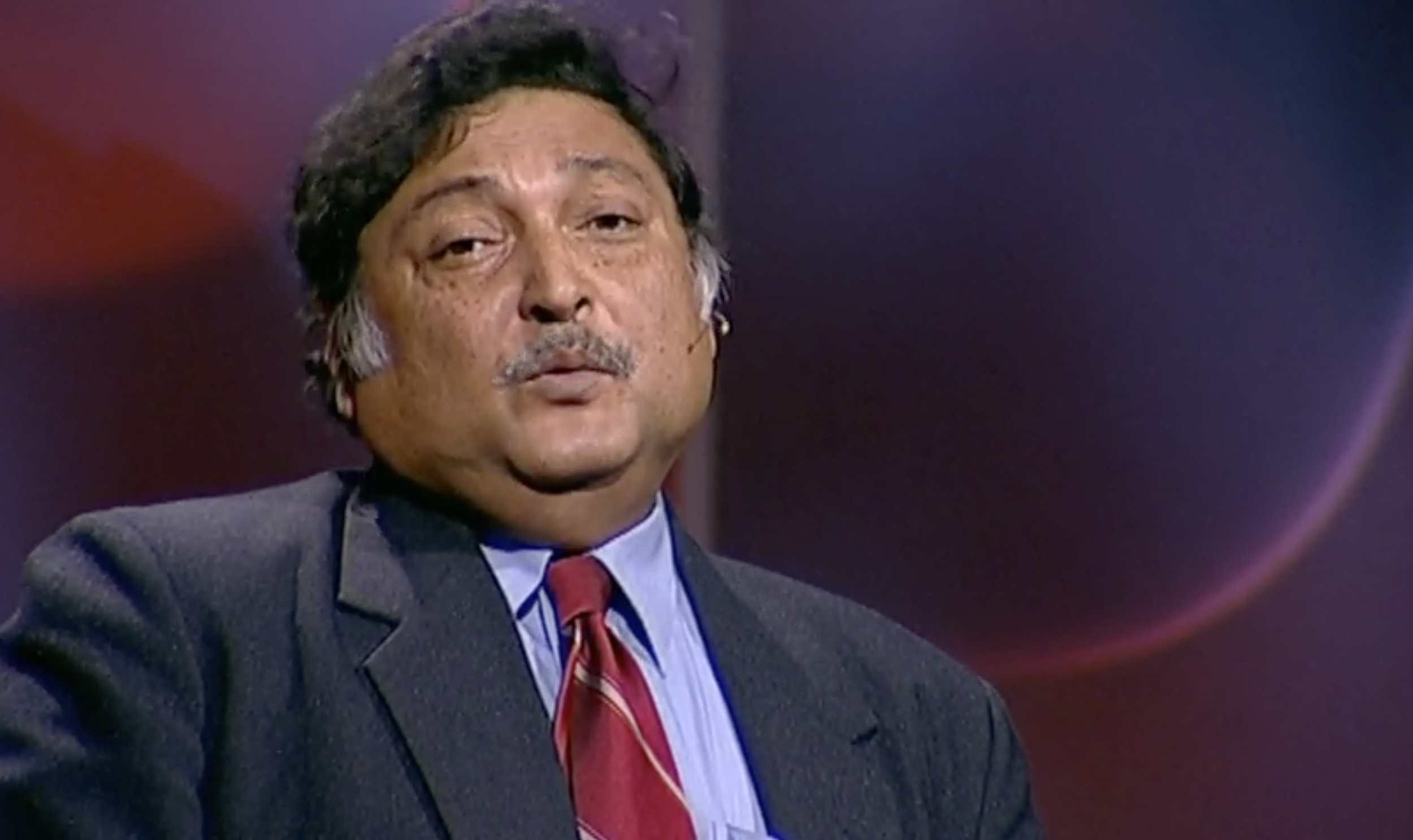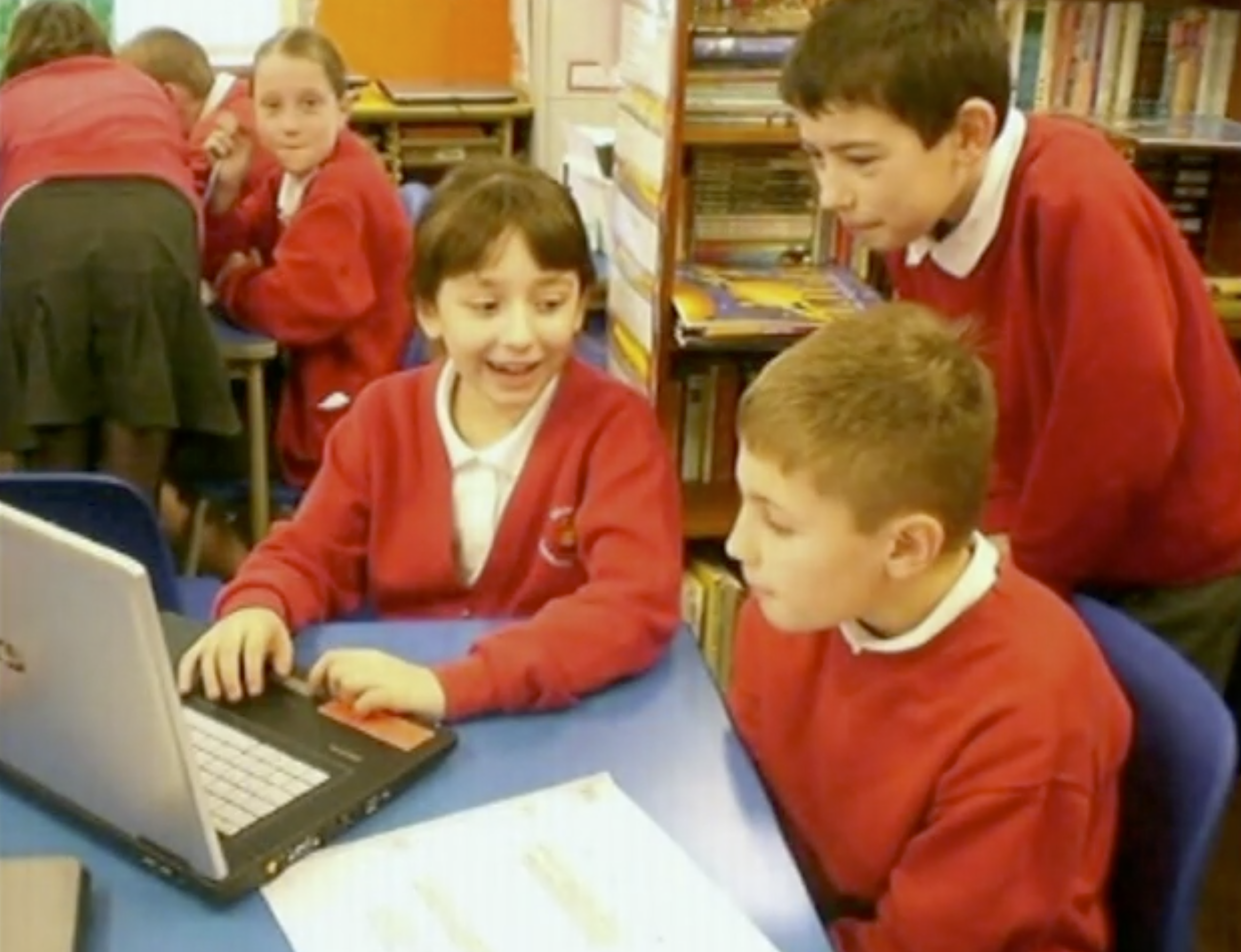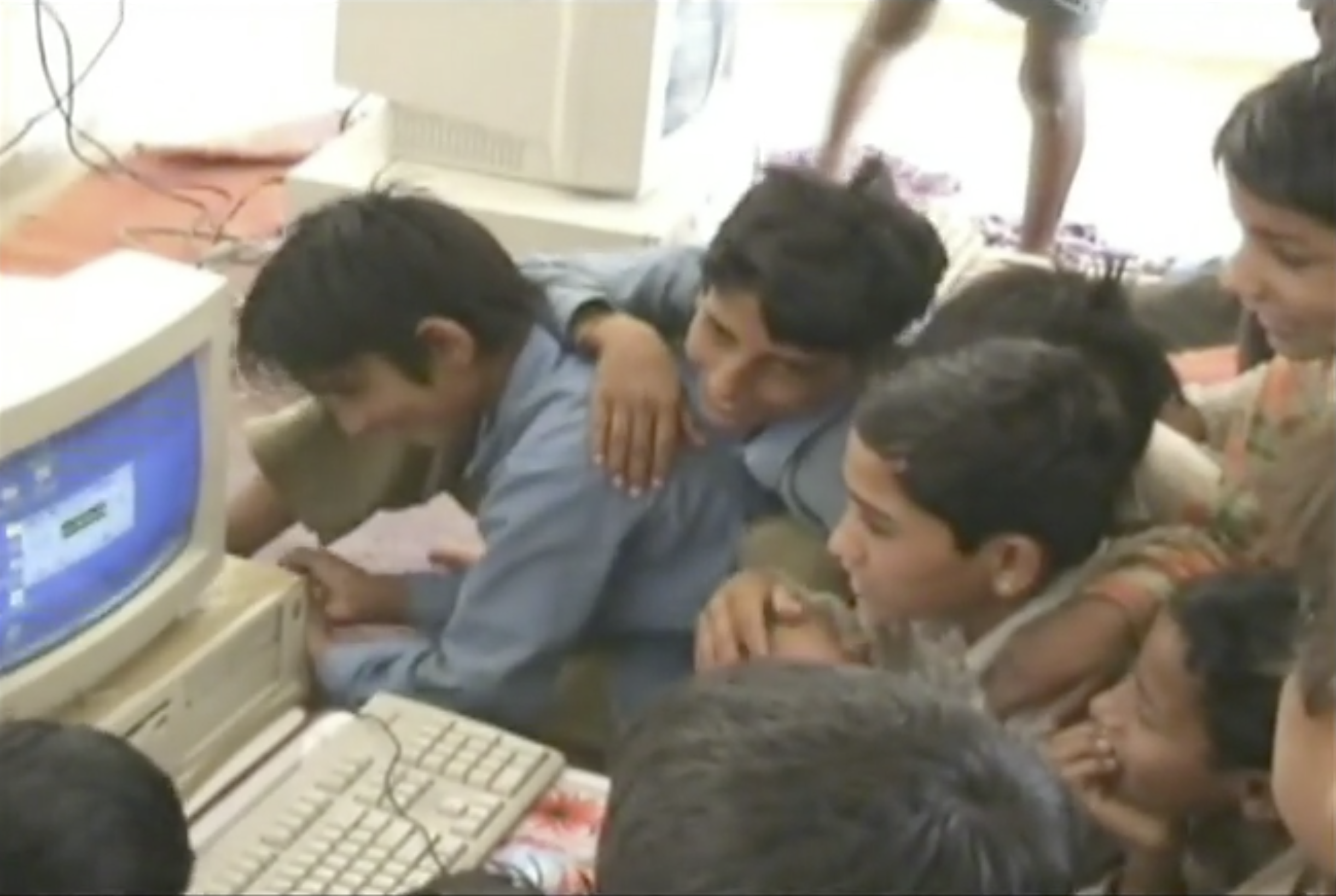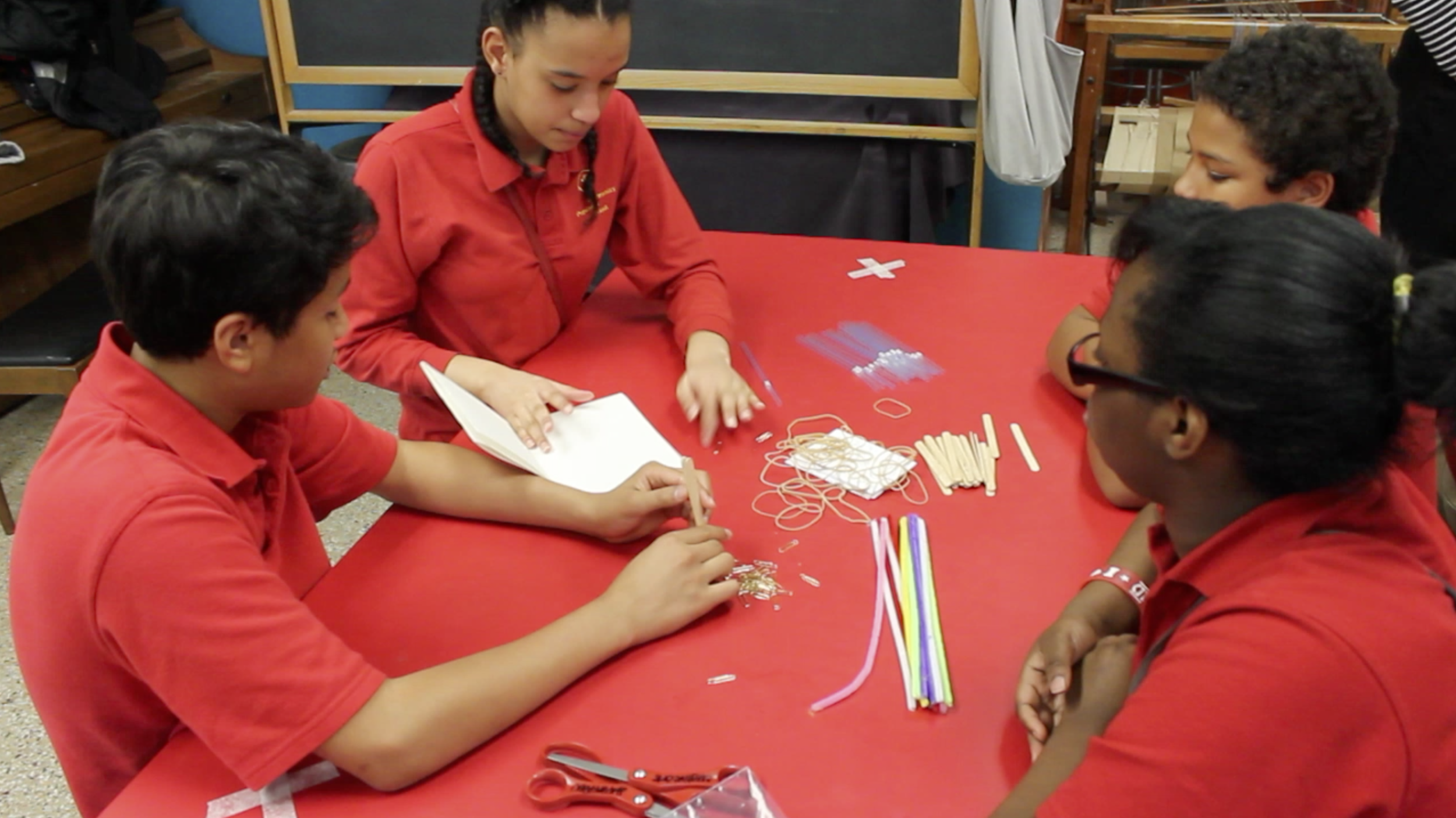Mindfulness for Middle School Students
As part of a studio called Creativity with Mindfulness: Designing for Art Educators, I set out to do two things: learn more about meditation and mindfulness practices and to understand how that might apply in the art classroom. As part of this hands on, research-based class, I spent a lot of time working with middle school students in the classroom to discover how meaningful interventions might be made.
User Interviews
Students
“Sometimes its hard to find inspiration for what I want to work on.”
“I would need to take courses to make sure that I knew everything there is to know about the tools I am working with. Doing research first on what I want to do is important.”
“I use the Internet to learn all kinds of different skills.”
Teachers
“Students need to be engaged and interested in the process”
“There needs to be ownership of the projects.”
“We need to be clear about what the expectations for the project are so that the students are responsible for their work.”
“Build the culture of the class so that they can have the expectation for the project.”
“Every teacher has a different style.”
“We love doing projects that tie in with other interests and other areas of study.”
Activity Testing
Throughout the semester, I worked with groups of middle school students from Providence Country Day School and Community Prep School in Providence, RI. As I developed Let's Do An Art Project, I conducted a series of user tests that helped to shape the design of the product. Because these testing times were replacements for the student's regularly scheduled art classes, my goal was to create a scenario that tested an aspect or question concerning the development of my project but was also a fun self-contained activity for the students.
Sound & Balloons
Objective:
- Get to know the students
- Judge level of focus and concentration
- Integration of mindfulness into creative activities
Findings:
- Limit the amount of tactile stimulus
- Serious focus is more challenging with group collaboration
- Discovered the large range of interests that the students have
Time Card Game
Objective:
- Judge level of focus and concentration
- Integrate mindfulness into an engaging activity
- Explore their inherent creativity
Findings:
- Students invented new and interesting game play rules
- Requiring them to adhere to a rigid system was challenging
- Everyone had their own ideas about what they wanted to make
Creative Building
Objective:
- Let them discover opportunity within limitations
- Test their ability to work in a group setting
- Experiment with working in a limited amount of time
Findings:
- It was challenging for them to plan their activity on the fly
- They tended to work independently then combine ideas
- Time line was too short for a completely successful activity
Online Origami
Objective:
- Judge level of focus and concentration
- Integrate mindfulness into an engaging activity
- Explore their inherent creativity
Findings:
- Students were excited that they could pick their own project
- Some preferred video while others preferred text tutorials
- The students were able to complete the projects with minimal assistance
Secondary Research
“...Wish to build a school in the cloud.”
I was heavily inspired by the work of Sugata Mitra. His educational research has proven how effective self-directed learning can be. My goal was to take the significant findings he has made in the educational arena and incorporate Mindfulness practices into the learning environment. Learn more about his work by watching his TED Talks.
“‘They have become really deep thinkers and so on and so forth.’”
Profiling the Student
Age:
11-14 years old
Focus Level:
“Are intellectually at-risk; face decisions that have the potential to affect major academic values with lifelong consequences.”
Motivation:
“Prefer active over passive learning experiences; favor interaction with peers during learning activities.”
Interests:
“Consider academic goals as a secondary level of priority; personal social concerns dominate thoughts and activities.”
Maturity:
“Are often erratic and inconsistent in their behavior; anxiety and fear are contrasted with periods of bravado; feelings shift between superiority and inferiority.”
Experience:
“Are intellectually at- risk; face decisions that have the potential to affect major academic values with lifelong consequences.”
Motivation:
“Prefer active over passive learning experiences; favor interaction with peers during learning activities.”
“Characteristics of Middle Grade Students,” Caught in the Middle (1989).
Sacramento: California Department of Education, pages 144-148.
Content Standards:
Visual Arts Grades 5-8:
“They grow ever more sophisticated in their need to use the visual arts to reflect their feelings and emotions and in their abilities to evaluate the merits of their efforts. These standards provide that framework in a way that promotes the students’ thinking, working, communicating, reasoning, and investigating skills and provides for their growing familiarity with the ideas, concepts, issues, dilemmas, and knowledge important in the visual arts. As students gain this knowledge and these skills, they gain in their ability to apply the knowledge and skills in the visual arts to their widening personal worlds.”
Curriculum Requirements:
- Understanding and applying media, techniques, and processes
- Using knowledge of structures and functions
- Choosing and evaluating a range of subject matter, symbols, and ideas
- Understanding the visual arts in relation to history and cultures
- Reflecting upon and assessing the characteristics and merits of their work and the work of others
- Making connections between visual arts and other disciplines
“The National Visual Arts Standards,” (1994). Reston:
National Art Education Association, pages 18-22.

